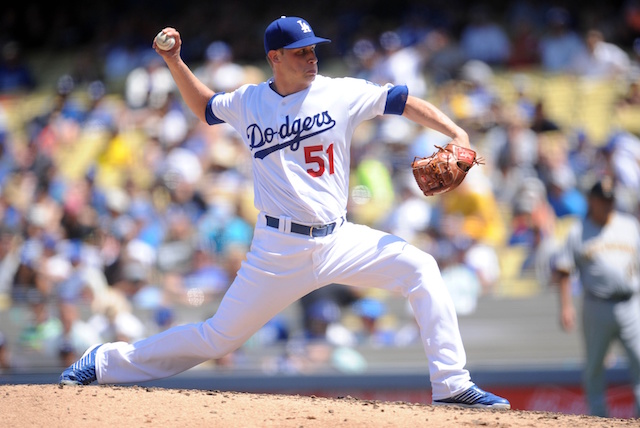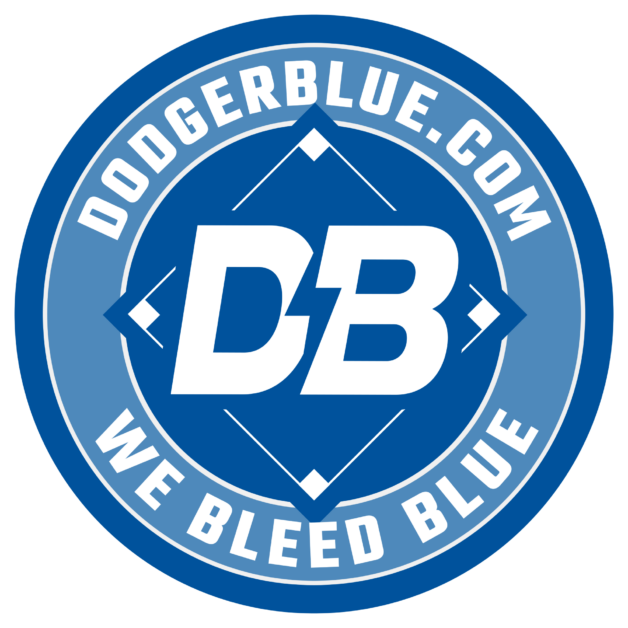Major League Baseball has undergone significant changes in recent years, but arguably the most drastic is set to come at the start of the 2026 season.
This past September, MLB announced plans to implement the Automated Ball-Strike (ABS) challenge system in the regular season on a full-time basis.
Home-plate umpires are still going to be responsible for calling balls and strikes during games, but Hawk-Eye technology cameras help monitor the exact location of the pitch relative to a strike zone that is customized to each individual batter under the ABS system.
Players on either offense or defense are able to challenge a call, but it is limited to the batter, pitcher and catcher. Additionally, a challenge must be made within two or three seconds of the umpire’s call, and without any assistance from the dugout.
Los Angeles Dodgers All-Star Will Smith believes there are both positives and negatives to the ABS challenge system coming to MLB, via the “On Base With Mookie Betts” podcast:
“I have so many mixed feelings about it. As a big leaguer, as a player, you want every call correct, right? You don’t want to get screwed on the umpire missing a call, right? Both sides. Pitching, I don’t want him to miss calls. And hitting, I don’t want to get a strike called when it’s three inches outside. But I’ve always liked that about baseball, where you can get a bad call and you just have to deal with it. It’s always referred to as a game of life. Just dealing with a bad call and going on. Knowing the umpire can make a mistake, I like that. I like the human element.
“You can also get a good break, right? He can miss a strike call and now you’re 2-1 instead of 1-2. But yeah, I don’t know. I also think it’s probably great in the big leagues, but kids watching our game or in Little League, all of a sudden they’re throwing to a box and they don’t have ABS. They don’t see us dealing with a bad call or good call, or whatever. So I more worry about how it’s going to affect the game as a whole as opposed to just 162 and the postseason and all that.”
Like with the pitch clock when it was first introduced, some players will need time to warm up to the ABS challenge system. While it’s a big change, an automated strike zone should only benefit the league in more ways than one.
The ABS challenge system was used in select Spring Training games this year, with many players having good things to say. It was later used in the 2025 All-Star Game as well.
How does ABS system strike zone work?
MLB executive vice president of baseball operations Morgan Sword explained the strike zone for the Automated Ball-Strike system was created by establishing a two-dimensional rectangle that is set halfway back on home plate (8.5 inches from the front), and the top and bottom are set in proportion to a batter’s height.
That’s based on the length between 27% to 53.5% of a batter’s height, which is roughly the letters of the jersey to the knees when in a normal stance.
MLB takes detailed measurements of player heights in order to determine the strike zone for each.
Have you subscribed to the Dodger Blue YouTube channel? Be sure to ring the notification bell to watch player interviews, participate in shows and giveaways, and stay up to date on all Dodgers news and rumors!







